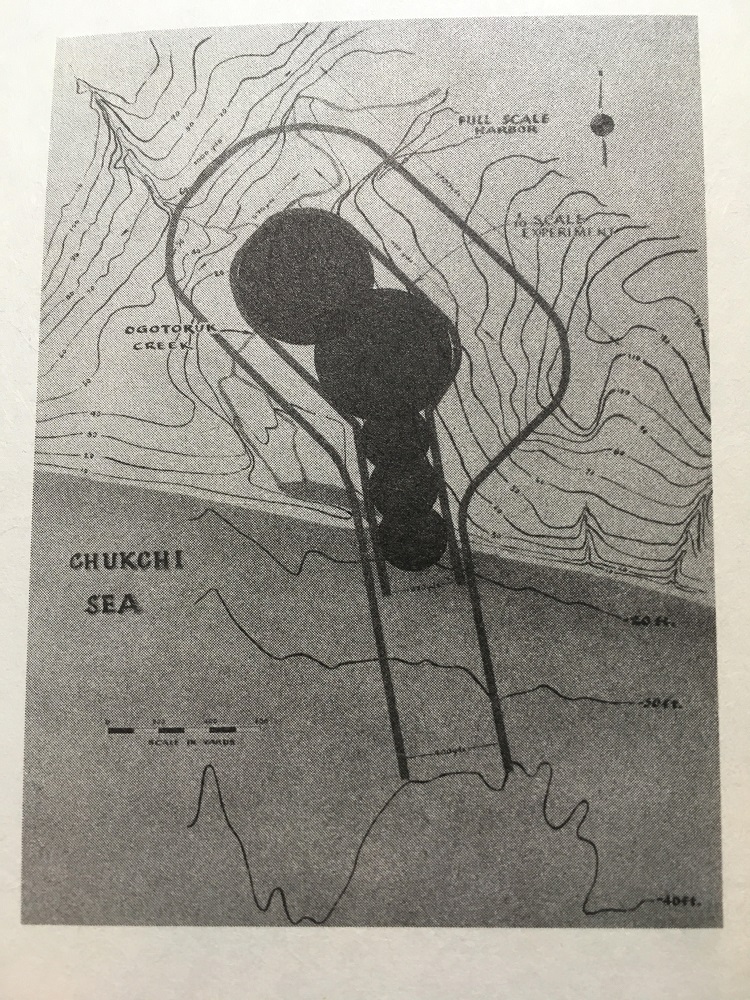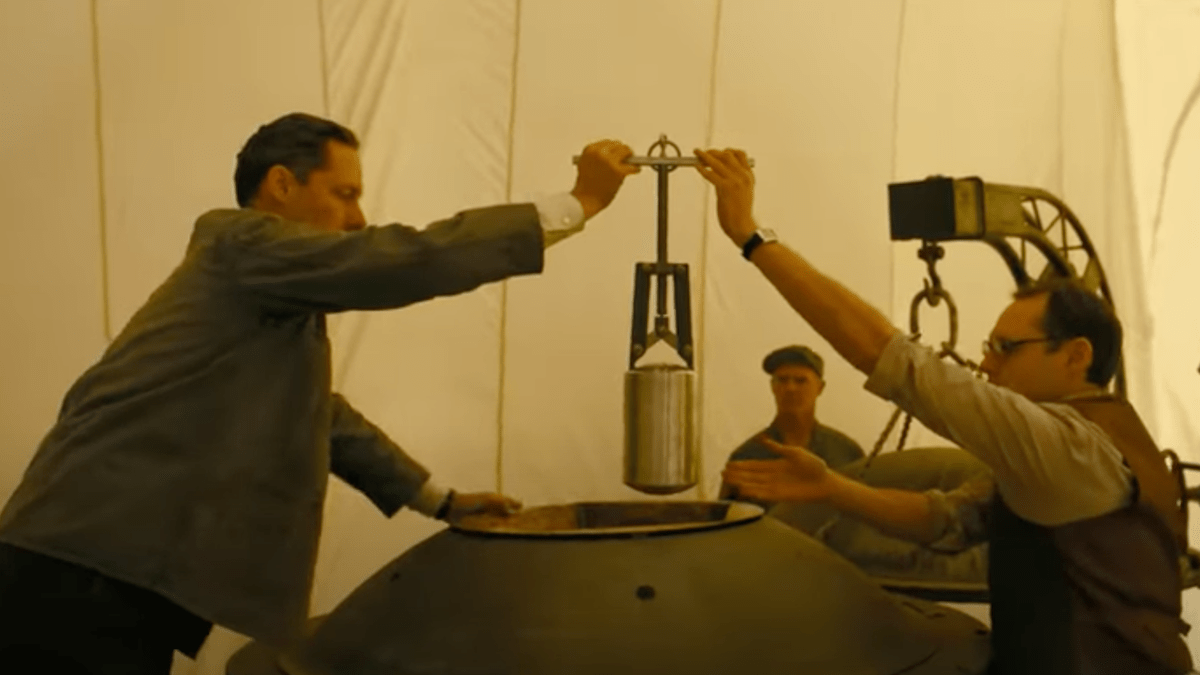Now that Christopher Nolan’s Oppenheimer is just a month or so from exploding onto theater screens, it makes me yearn for a movie adaptation of a much lesser-known tale from the nuclear age in which hydrogen bombs were almost detonated in Alaska — which by all accounts would have had a devastating effect on everything from nearby indigenous populations to the delicate ecosystem.
Growing up in Alaska, I had no idea the Last Frontier was almost the site of not just one such explosion, but several of them chained together. What’s more shocking is that this would not have been some secretive attack by the Soviet Union — despite taking place at the height of the Cold War — but originated as a scheme within the U.S. Government itself.
Following World War II the then-named Atomic Energy Commission (now called the Department of Energy) was interested in using nuclear bombs for peaceful purposes in a program known as Project Plowshare. One of the ideas from this program would have seen the explosion of H bombs to create a giant harbor near Point Hope, Alaska, which is located above the Arctic Circle, with the proposal taking on the moniker Project Chariot.
All of this is recounted in Dan O’Neill’s excellent investigative book, The Firecracker Boys, which is my personal favorite book ever. But what is more shocking than the proposal itself is just how close it came to becoming a reality. Indeed, it was only due to grassroots resistance from nearby Inupiat Eskimos and scientists working on environmental studies for the project that it was abandoned. Before these populations spoke up with their objections, Project Chariot was ostensibly fully green-lit by the government, as was illustrated by an astonishing 1963 headline from the Tundra Times: “Project Chariot Still On/AEC Reduces Project Area, Still Plans Nuclear Blast.”

Project Chariot was the pet project of none other than Edward Teller himself, the Hungarian scientist who was part of the Manhattan Project and who later innovated on the atomic bomb by inventing the H-bomb — a weapon many times more powerful thanks to its use of nuclear fusion to create its explosion, rather than nuclear fission.
Teller’s original configuration for the project involved igniting five nuclear bombs, simultaneously, equivalent to 2.4 million tons of TNT. To put that in perspective, such an explosion would have dwarfed the explosion at Hiroshima many times over. As O’Neill explained in The Firecracker Boys,
“The blast Teller envisioned for Alaska would be 160 times larger than Hiroshima. In one instant, the salvo at Ogotoruk Creek would discharge firepower equal to 40 percent of all the explosive energy expended in the whole of World War II.”

Eventually, a negative public perception of the project caused the AEC to suspend activity for Project Chariot. This was thanks in large part to awareness spread from dissenting scientists who warned about the project’s potential environmental devastation from nuclear radiation impacting the ecosystem and indigenous Alaskans who were worried about their livelihood and voiced opposition. O’Neill even argued in his book that the opposition to Project Chariot helped ignite the environmental movement, in general, in the early 1960s.
The movie that almost was
The astonishing story told in The Firecracker Boys has deep connections to cinema, strangely enough. Originally, O’Neill conducted his research for the book in order to one day create a documentary film. But it just didn’t pan out that way and he used the research materials to write the book instead. However, Hollywood has eyed this story for a cinematic adaption since then.
According to a Nov. 3, 2007 interview with O’Neill for the website AlaskaReport.com, a cinematic adaptation was underway at one point. In the article, the interviewers asked O’Neill: “We understand there is some interest in Hollywood. A feature Film? Leonardo DiCaprio?” O’Neill replied:
“Yeah, it’s ‘in development,’ as they say. At HBO in association with Leonardo DiCaprio’s production company, Appien Way. I understand they have a script that the moguls like and are showing to directors. Also, they’ve attached an actress who is both a Native and has deep Alaskan roots-Q’Orianka Kilcher. She played Pocahontas in the movie The New World. Part of the Kilcher clan from down Kachemak Bay. Cousin to Jewel.”
Sadly, scant little information has surfaced about the film since that 2007 interview.
I, for one, would love to see The Firecracker Boys turned into a movie. It is such a compelling story about how the AEC tried to cover up its own scientific research pointing to environmental harm from the proposed nuclear blasts and how the U.S. government can often treat indigenous people as expendable, sadly.
With Oppenheimer hitting theaters later this summer and the DiCaprio-produced Killers of the Flower Moon coming to theaters this fall — two films that undoubtedly share similar themes with The Firecracker Boys — now might be the perfect time for Hollywood to take a second look at bringing this astonishing story to the big screen.

